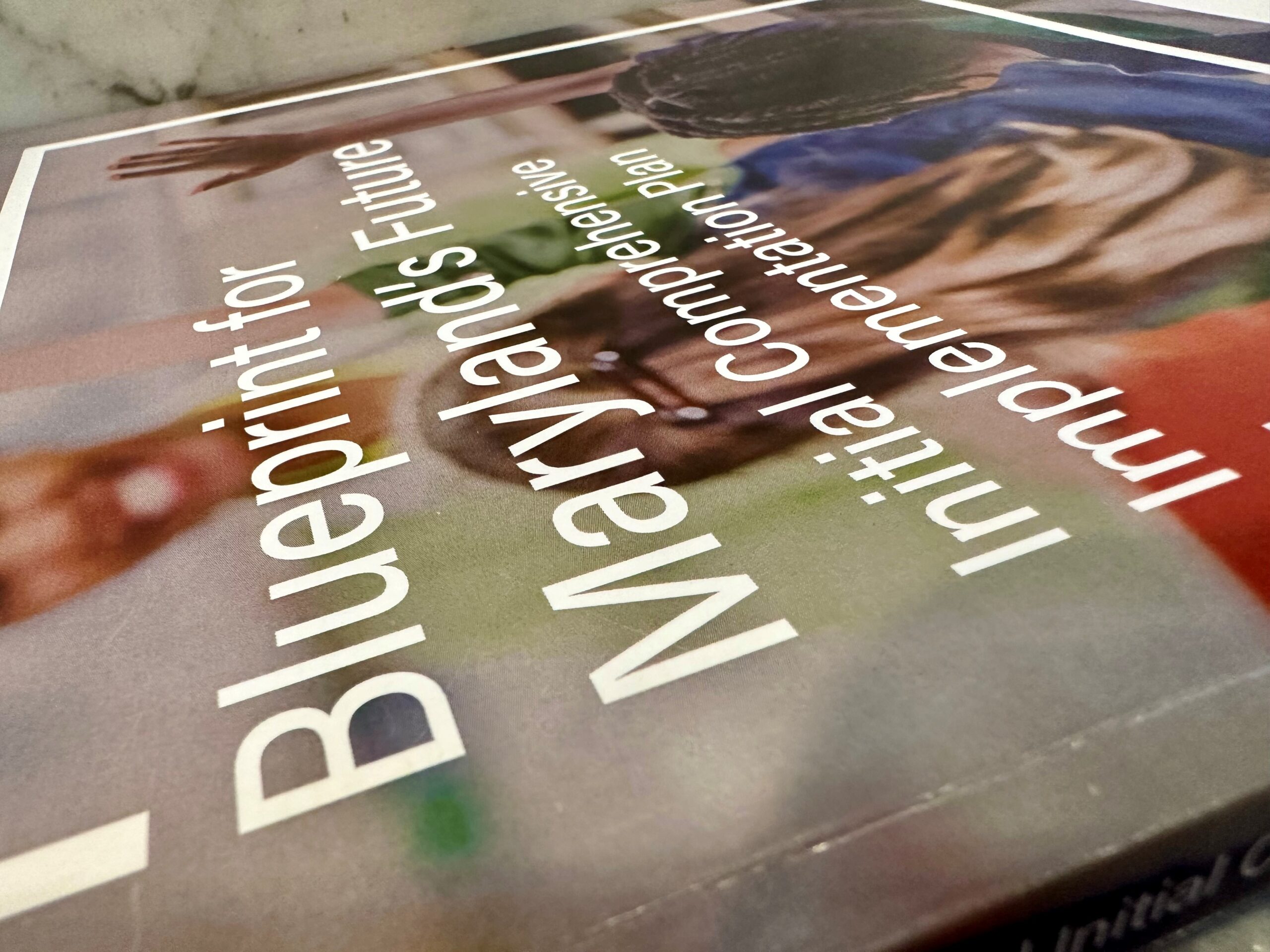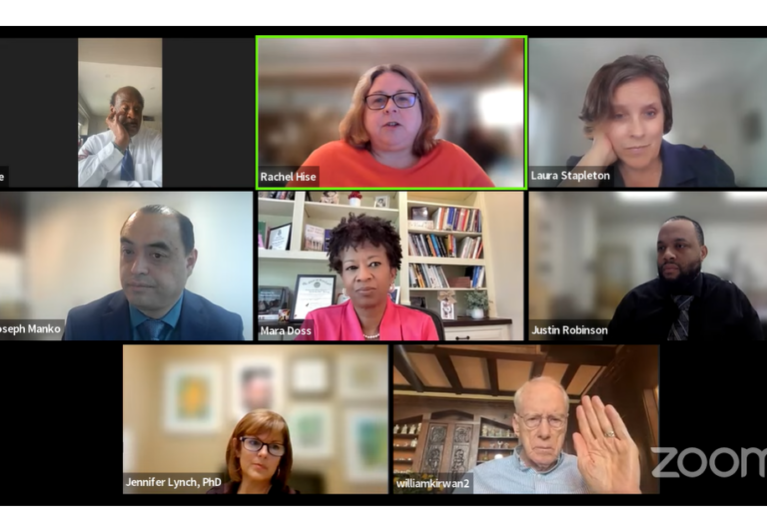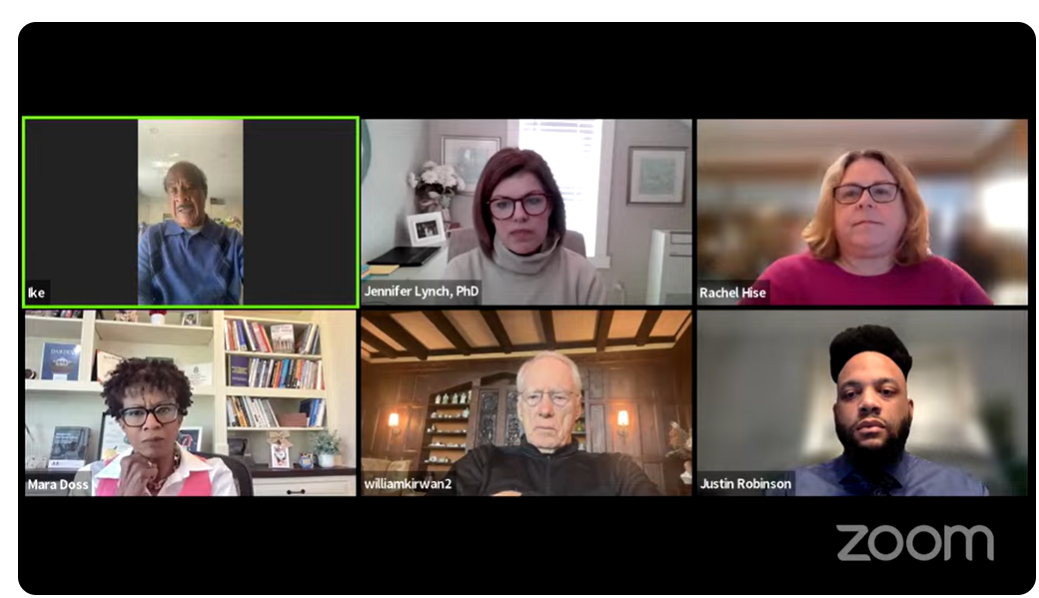Blueprint board approves career and technical education plan slated to boost those programs

The Blueprint for Maryland’s Future Accountability and Implementation Board approved a plan Thursday that seeks to improve student enrollment in college and career readiness programs as part of the state’s education reform initiative.
Outlined in a 85-page document, completed by a Career and Technical Education committee, the plan is meant to advance one of the Blueprint priorities to prepare students for careers after high school.
Some provisions in the plan for the current school year include implementing career counseling programs for middle and high school students, reviewing transportation needs for students to travel to job sites and expanding collaboration with community colleges.
Rachel Hise, executive director of the Blueprint board, said an immediate next step the committee needs to address is participation in two federal programs that allow states to apply for grants to support career, technical and adult education and workforce development.
“It’s really critical so that those federal funds can be leveraged to support the Blueprint,” she said.
A few board members expressed concern that the committee is not putting together a statewide CTE framework.
“There’s got to be some time limit on how long this thing can hang out there without a statewide framework,” said board Vice Chair William “Brit” Kirwan, chancellor emeritus of the University System of Maryland.
Hise said the committee must include a framework in its next Blueprint submission, due in March. That submission will focus on career and technical education between fiscal year 2025 to fiscal year 2027.
The 11-member committee was appointed last year as a unit within the Governor’s Workforce Development Board.
Two of the committee’s main Blueprint priorities are to increase the number of apprenticeships to 60,000 in seven years and to ensure at least 45% of high school students complete a high-school level apprenticeship program by the 2030-31 school year.
According to the committee’s document, which was submitted earlier this year to the Blueprint board, as of 2021 nearly 4,100 high school graduates completed a youth apprenticeship or earned an industry-recognized credential.
Similarly to how the AIB assessed local school systems’ Blueprint implementation plans, it also provided feedback to the CTE committee.
In terms of strengths, the board wrote that the committee’s plan has detailed information, is well-written, is organized around the Blueprint tasks and “frequently highlights best practices from other states and high-performing countries and cites the latest research to guide the work of the Committee.”
Among shortcomings, the board noted that the plan did not adequately address the role of higher education and that the 45% apprenticeship goal in the plan “did not sufficiently address what it will take to create and support a higher quality, more robust CTE system in the state that includes apprenticeships.”




 Creative Commons Attribution
Creative Commons Attribution